The Great Migration is one of the most breathtaking wildlife spectacles on Earth. Each year, over 1.5 million wildebeest, accompanied by hundreds of thousands of zebras and gazelles, embark on a never-ending journey across the Serengeti-Mara ecosystem, driven by the search for fresh grazing and water.
For wildlife lovers and safari enthusiasts, witnessing this incredible movement is a bucket-list experience. But when and where should you go to see the best moments of the migration? This guide breaks down the seasonal highlights of the Great Migration and the best locations to witness this natural wonder.
The migration is a circular journey of about 1,200 miles (1,900 km) that spans Tanzania’s Serengeti National Park and Kenya’s Maasai Mara Reserve. Although the timing varies slightly each year due to rainfall patterns, the movement generally follows this cycle:
This is the best time to see baby wildebeest as around 500,000 calves are born within a 2-3 week period. The lush grass of the Ndutu Plains provides excellent nutrition for nursing mothers, making this an ideal time for calving.
Why Visit Now?
✔ Best chance to see baby wildebeest, zebras, and gazelles
✔ Incredible predator action – lions, cheetahs, and hyenas target the vulnerable young
✔ Great for photography – stunning landscapes and dramatic predator-prey interactions
Safari Tip: Stay in Ndutu, Kusini, or Naabi Hill areas for the best sightings.
As the dry season approaches, the herds begin moving northwest in search of greener pastures. This is the rutting season, where male wildebeest engage in fierce battles for dominance.
By May and June, the herds start gathering in the Western Corridor near the Grumeti River, where they prepare for their first river crossings.
Why Visit Now?
✔ See the migration in motion as the herds move through the Serengeti
✔ Witness dramatic wildebeest fights during the rut
✔ Chance to see the first river crossings at the Grumeti River
Safari Tip: Stay in Seronera (Central Serengeti) in April, and Grumeti (Western Serengeti) in May-June for the best views.
This is the most dramatic and famous part of the migration. By July and August, the herds reach the Mara River, where thousands of wildebeest risk their lives to cross crocodile-infested waters. Many survive, but hundreds fall prey to crocodiles, strong currents, or waiting predators on the other side.
By September and October, many herds have made it into Kenya’s Maasai Mara, where they graze before returning south.
Why Visit Now?
✔ See the legendary Mara River crossings – one of nature’s most dramatic events
✔ Witness massive herds stretching as far as the eye can see
✔ Best chance to see dramatic predator action from lions, leopards, and cheetahs
Safari Tip: Stay in Kogatende or Lamai (Northern Serengeti) from July to early September, and Maasai Mara (Kenya) from September to October for the best river crossing action.
As the short rains arrive, the herds leave Kenya and return to the Serengeti. By November, they can be found in the Lobo and Loliondo areas of northern Tanzania, before moving south towards Ndutu by December.
Why Visit Now?
✔ See the migration without the peak-season crowds
✔ Great opportunity to spot predators following the herds
✔ Lush landscapes after the short rains
Safari Tip: Stay in Lobo or Seronera (Central Serengeti) in November, then Ndutu (Southern Serengeti) in December as the herds settle for calving season again.
| Season | Key Highlights | Best Location |
|---|---|---|
| Jan–March | Calving season, baby wildebeest, predator action | Southern Serengeti (Ndutu) |
| April–June | Herds on the move, first river crossings | Central & Western Serengeti |
| July–Oct | Mara River crossings, predator action | Northern Serengeti & Maasai Mara |
| Nov–Dec | Migration returns south, lush landscapes | Central & Eastern Serengeti |
✔ Book Early – Camps and lodges in prime locations fill up quickly, especially during peak seasons (July–October).
✔ Consider a Mobile Camp – These camps move with the herds, offering front-row seats to the migration.
✔ Be Flexible – Migration patterns depend on rainfall, so exact timing can vary.
✔ Take a Hot Air Balloon Safari – Experience a bird’s-eye view of the vast herds moving across the plains.
✔ Travel with a Knowledgeable Guide – Experienced guides know the best spots for sightings and river crossings.
The Great Migration is a phenomenal natural event that every safari enthusiast should witness at least once. Whether you want to see thousands of calves born, witness heart-pounding river crossings, or watch predators in action, Tanzania’s Serengeti offers an unparalleled safari experience.
Let KiliClimb Africa Safaris help you plan the perfect safari adventure! 🌍🦓🐃🚙
Would you like a custom itinerary or more details on available tours? Contact us today! 📩
None of us is as good as all of us.” By booking a safari, climb, or any trip with the Kiliclimb Africa Safaris team, you not only get an unforgettable holiday in Tanzania but also contribute to making the world a better place. We are proud to be a part of the communities we serve, dedicating 3% of our profits per trip to community support.












+255 768 735 700 (Managing Director)
+255 764 117 423 (Founder & Expert Guide)
